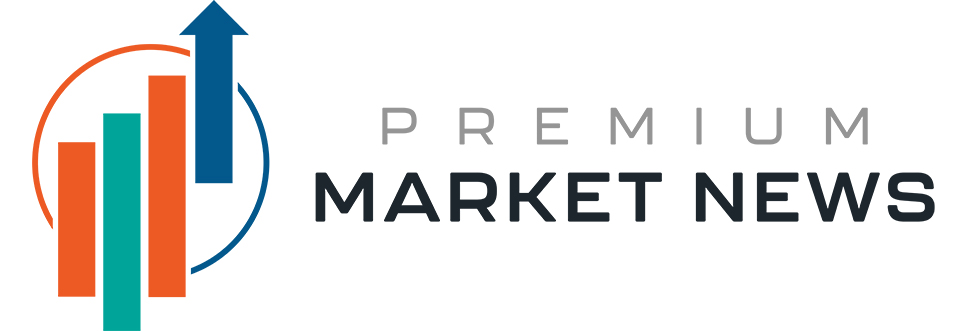Shaking off their early-summer paralysis, home equity interest rates declined again, across the board this week. The average rate on a $30,000 home equity line of credit (HELOC) fell one basis point to 8.12 percent, according to Bankrate’s national survey of lenders. Meanwhile, the average rate on a $30,000 home equity loan dropped two basis points to 8.23 percent.
The drop comes even as more investors are betting on a general interest rate cut next month. CME FedWatch, a tool offered by derivatives marketplace CME Group that tracks probable Federal Reserve monetary-policy moves, is forecasting a near 100 percent likelihood of a rate cut at the Sept. 16-17 meeting. Of course, “there’s no guarantee when or by how much,” notes Dan Sullivan, managing director and head of private and personal banking at CIBC US. “This uncertainty introduces interest rate risk, especially for HELOCs with variable rates, meaning borrowing costs could remain elevated even if [benchmark] rates begin to decline.”
|
Current |
4 weeks ago |
One year ago |
52-week average |
52-week low |
|
|---|---|---|---|---|---|
|
8.12% |
8.27% |
9.37% |
8.43% |
7.90% |
|
|
5-year home equity loan |
8.23% |
8.28% |
8.52% |
8.37% |
8.23% |
|
10-year home equity loan |
8.40% |
8.43% |
8.68% |
8.50% |
8.38% |
|
15-year home equity loan |
8.27% |
8.37% |
8.64% |
8.43% |
8.27% |
What’s driving home equity rates today?
Rates on HELOCs and home equity loans are being driven primarily by two factors: lender competition for new customers and the Federal Reserve’s actions. The Fed especially impacts the cost of variable-rate products like HELOCs.
Both HELOC and home equity loan rates have declined substantially from highs in 2024, although HELOC rates have rebounded somewhat from lows they hit earlier this year. Still, Bankrate Chief Financial Analyst Greg McBride is holding to his forecast that home equity rates will decline in 2025, with HELOCs averaging 7.25 percent and home equity loans coming in at 7.90 percent.
“Both are still well within the realm of possibility if the Fed resumes cutting interest rates in the second half of the year,” McBride says.
Learn more: How the Federal Reserve affects HELOCs and home equity loans
Current home equity rates vs. rates on other types of credit
Because HELOCs and home equity loans use your home as collateral, their rates tend to be much less expensive — more akin to current mortgage rates — than the interest charged on credit cards or personal loans, which aren’t secured.
While average rates are useful to know, the individual offer you receive on a particular HELOC or new home equity loan reflects additional factors like your creditworthiness and financials. Then there’s the value of your home and the size of your ownership stake. Lenders generally limit all your home loans (including your mortgage) to a maximum 80 to 85 percent of your home’s worth.
Keep in mind: Even if you’re able to secure a favorable rate from a lender, home equity products are still relatively high-cost debt. “Many homeowners are sitting on a mountain of home equity, but borrowing against it is still costly, with the average rate still over 8 percent and many lenders charging double-digit interest rates,” McBride says. “This is not the low-cost form of borrowing that homeowners had become accustomed to for many years. So if you must borrow, have a game plan for paying it back.”
Unlock your home’s value
Achieve your financial goals with predictable payments on a lump-sum home equity loan.
-
Home equity trends
On average, home equity has risen 142% nationwide since 2020, according to a new Bankrate study on states with the most and least home equity gains.
HELOC balances rose in Q2 2025 for the 13th consecutive quarter, by $9 billion to $411 billion, according to the Federal Reserve Bank of New York.
In the second quarter of 2025, more than 47% of mortgaged residential properties were considered equity-rich — meaning, the outstanding loan balance totaled no more than half of their estimated market value, according to ATTOM Data Solutions.
Home equity borrower usage specifically for home renovations represents 46% of loan volume, while debt consolidation represents 39%, according to the Mortgage Bankers Association.
-
Methodology
The Bankrate.com national survey of large lenders is conducted weekly. To conduct the National Average survey, Bankrate obtains rate information from the 10 largest banks and thrifts in 10 large U.S. markets. In the Bankrate.com national survey, our Market Analysis team gathers rates and/or yields on banking deposits, loans and mortgages. We’ve conducted this survey in the same manner for more than 30 years, and because it’s consistently done the way it is, it gives an accurate national apples-to-apples comparison.
